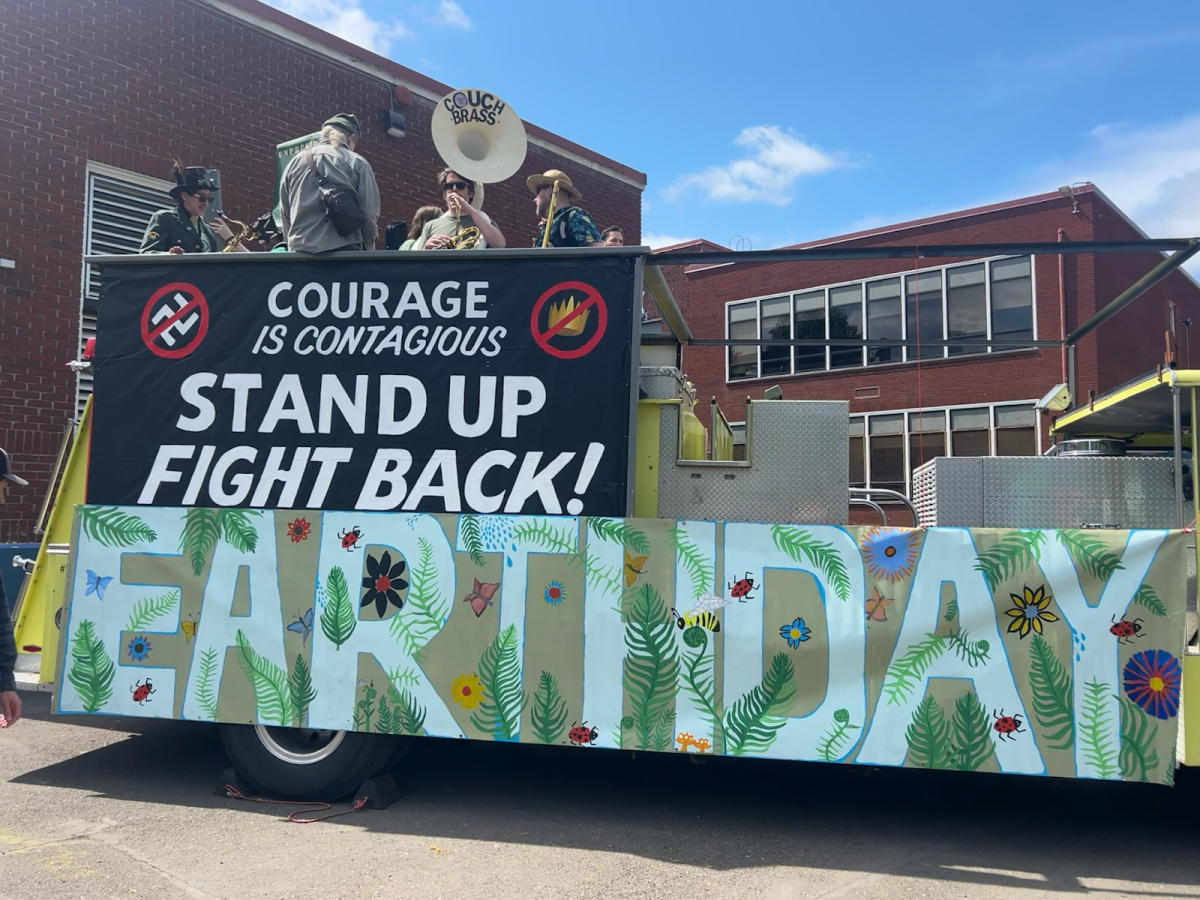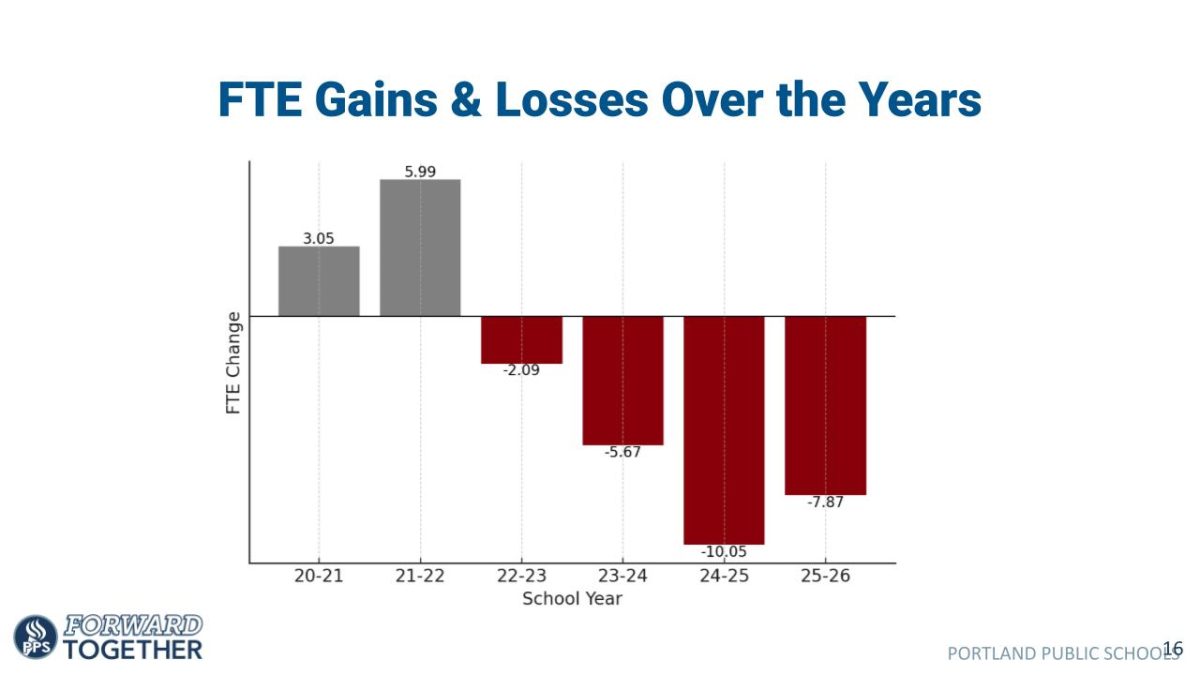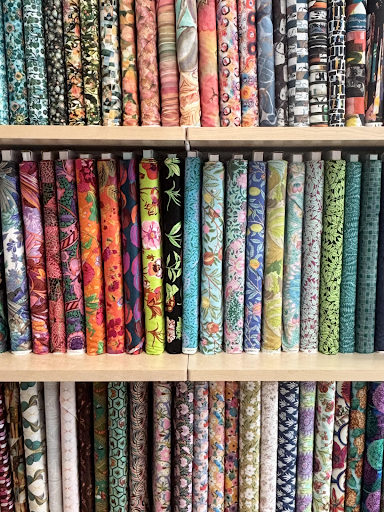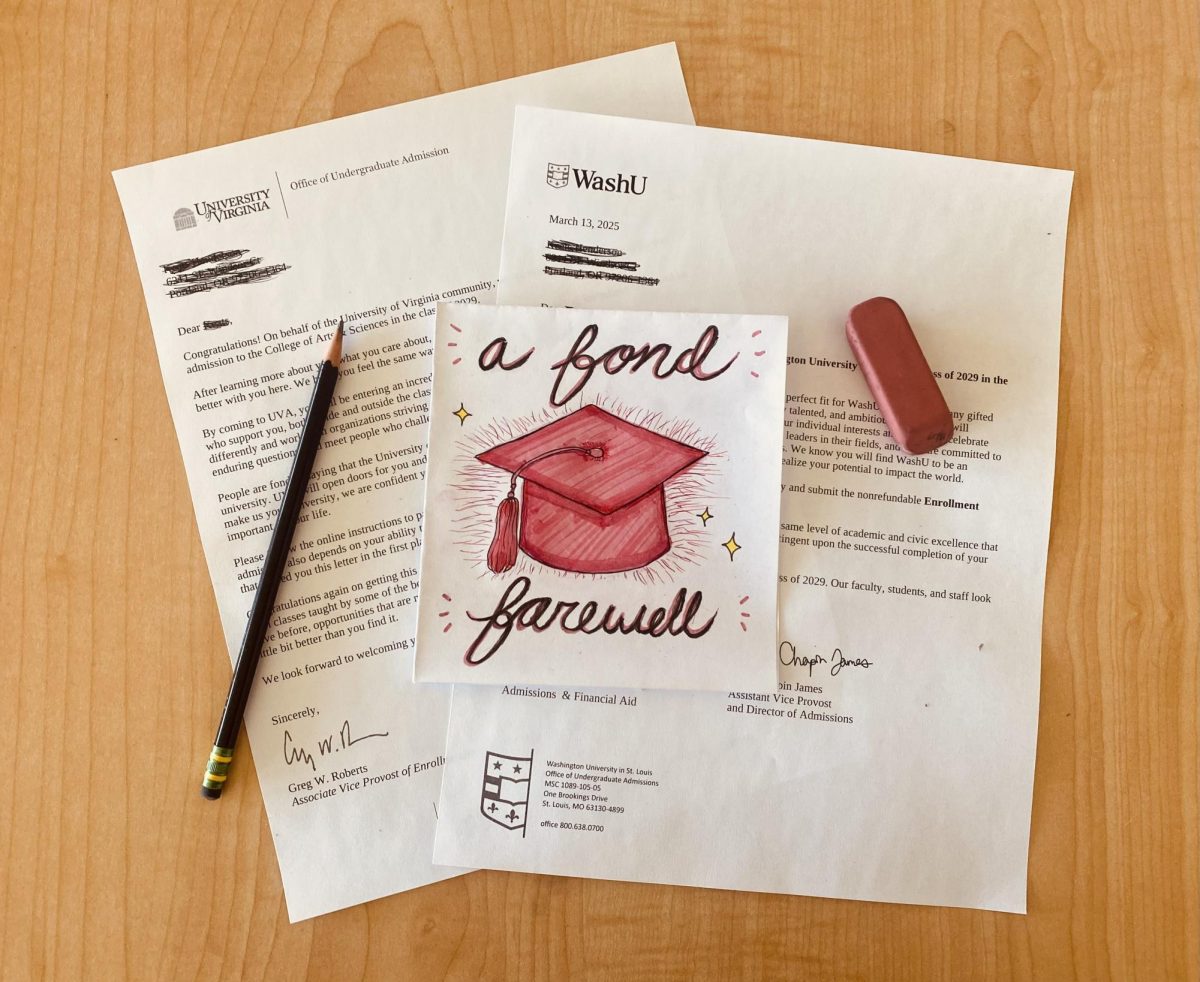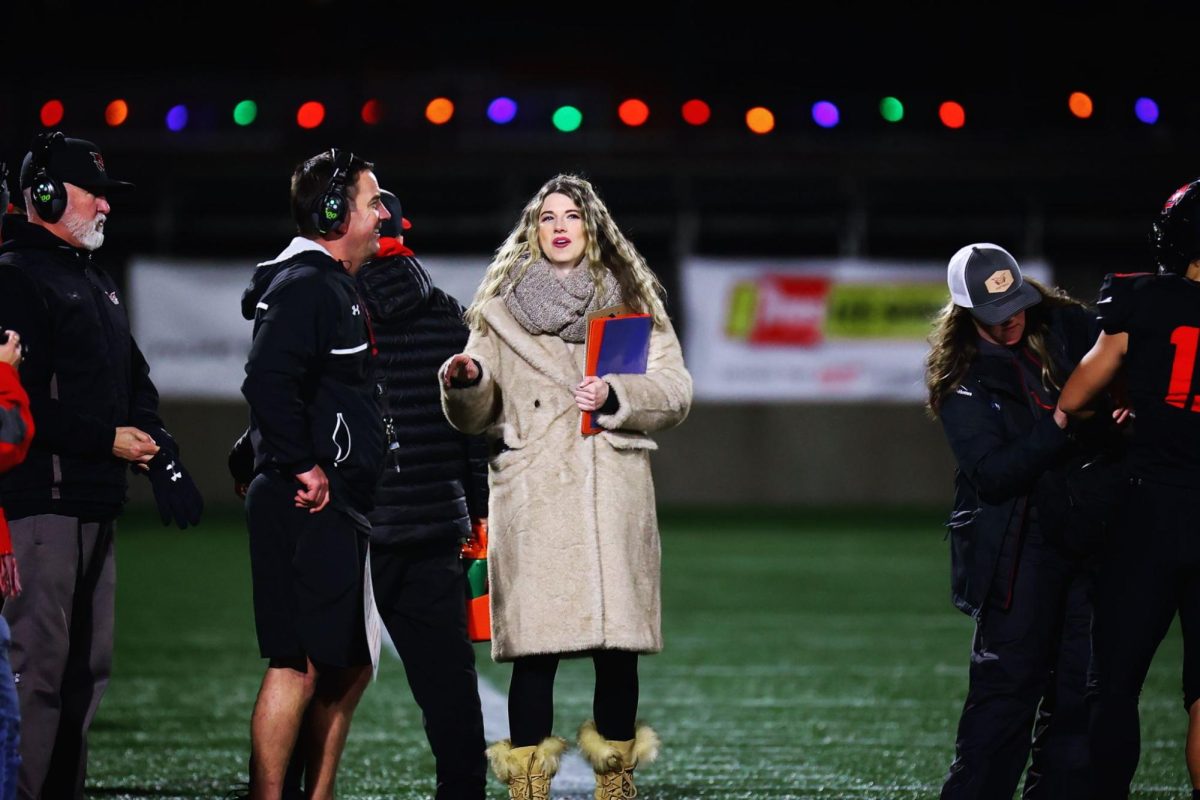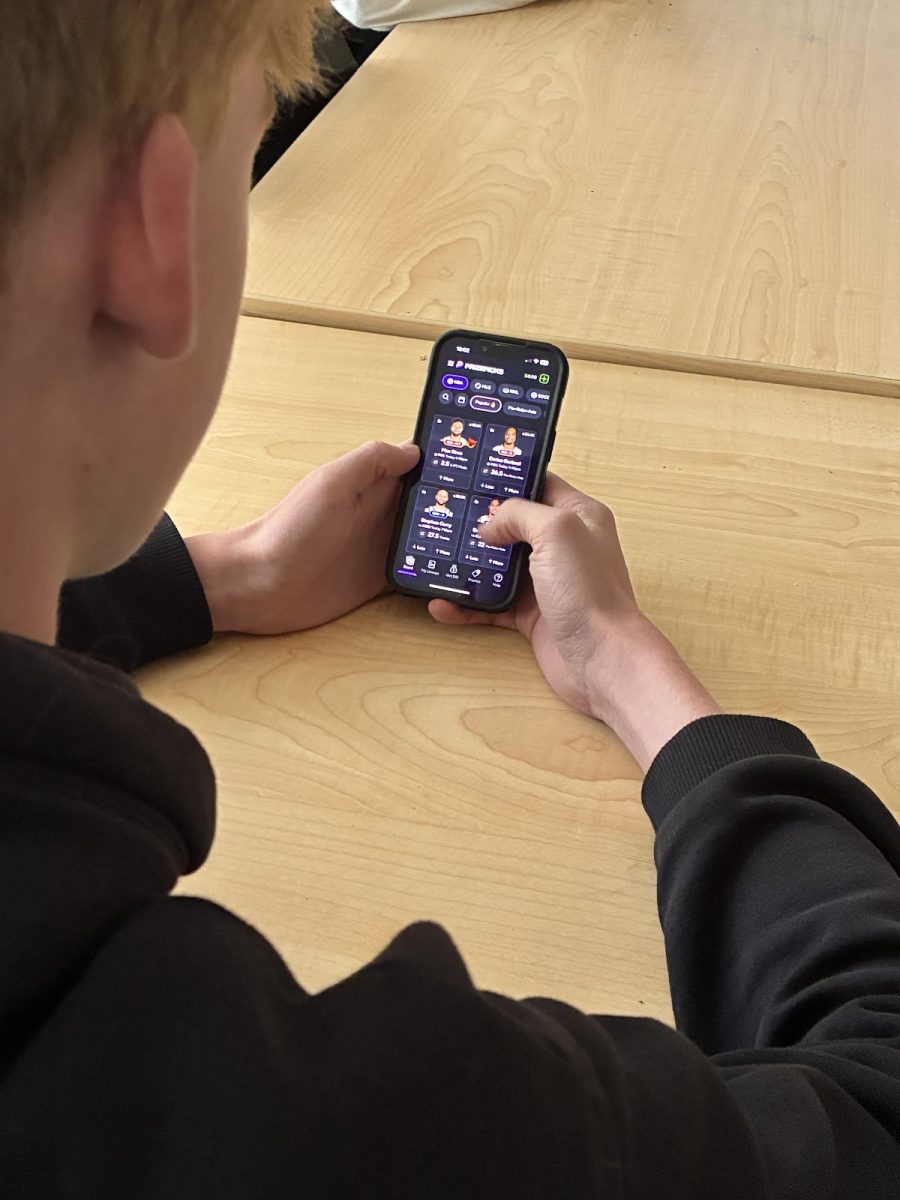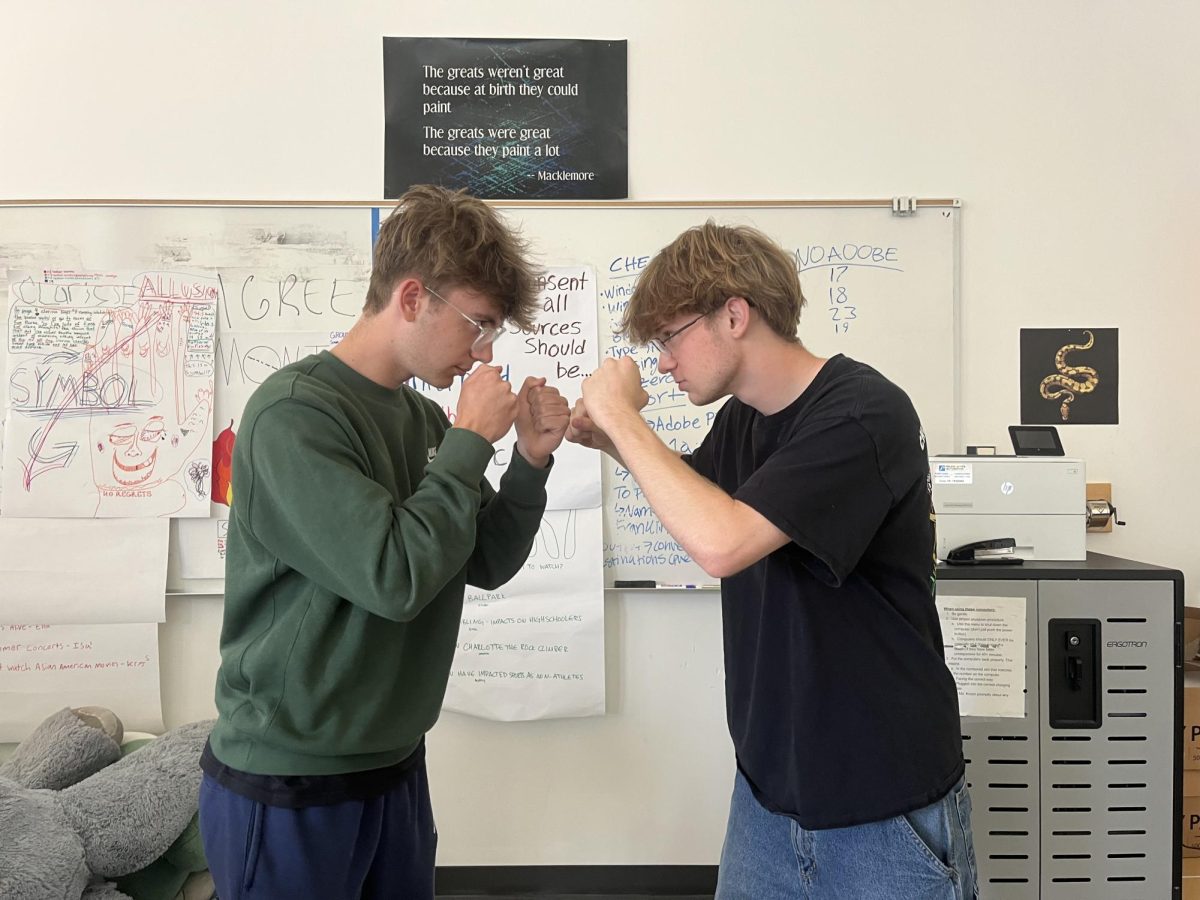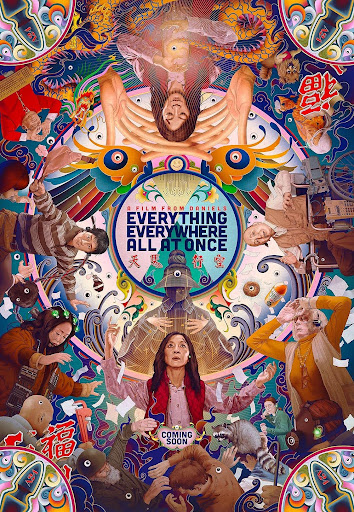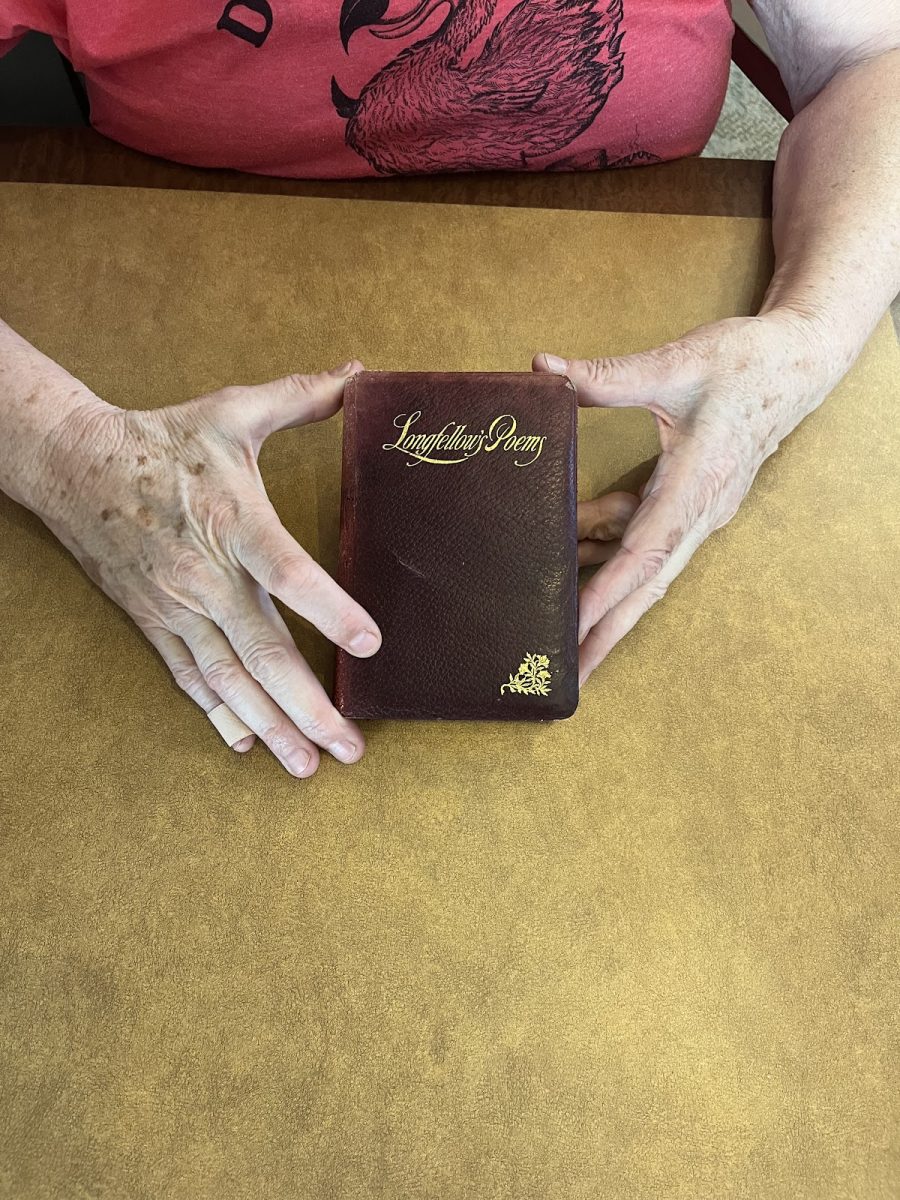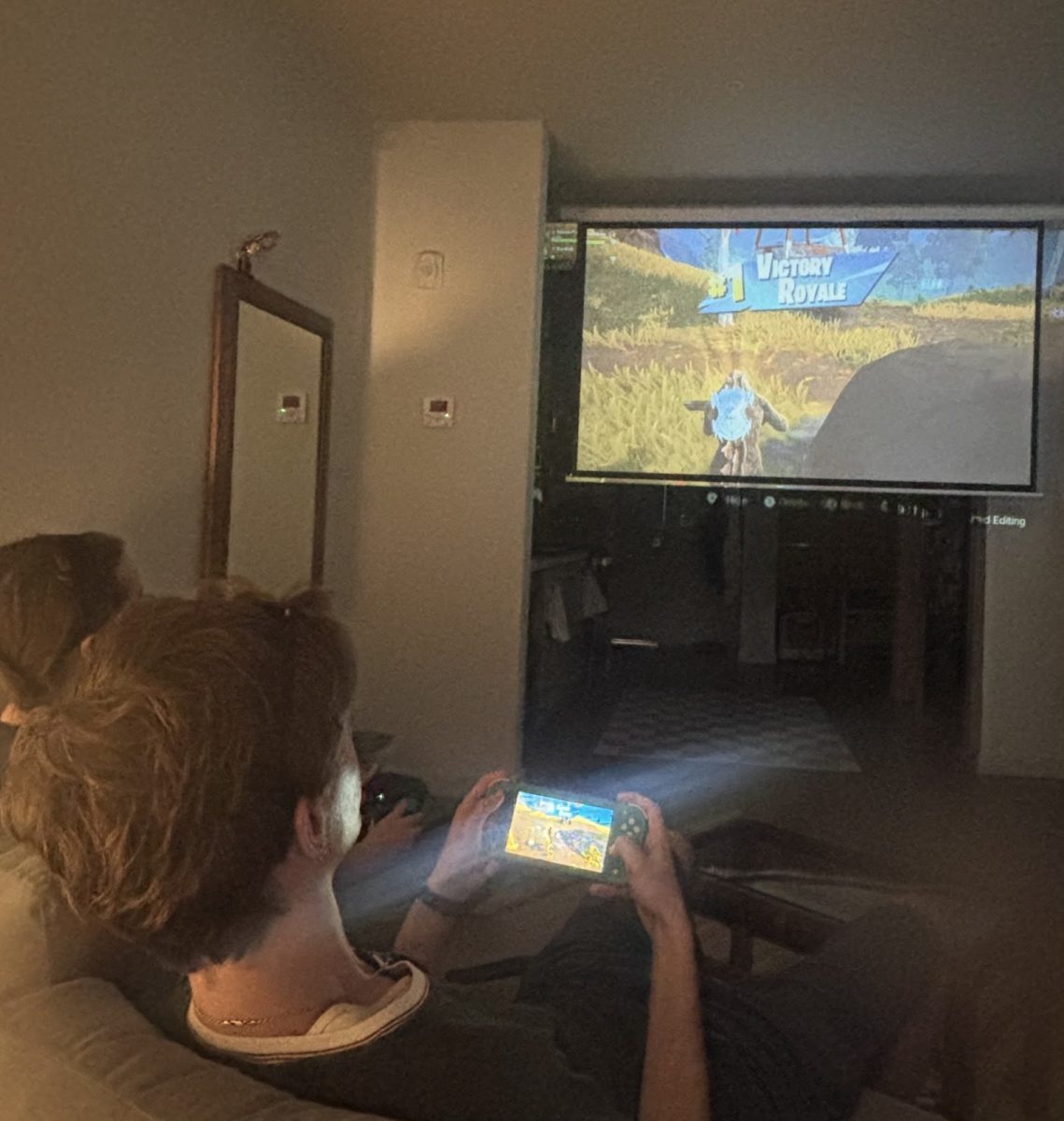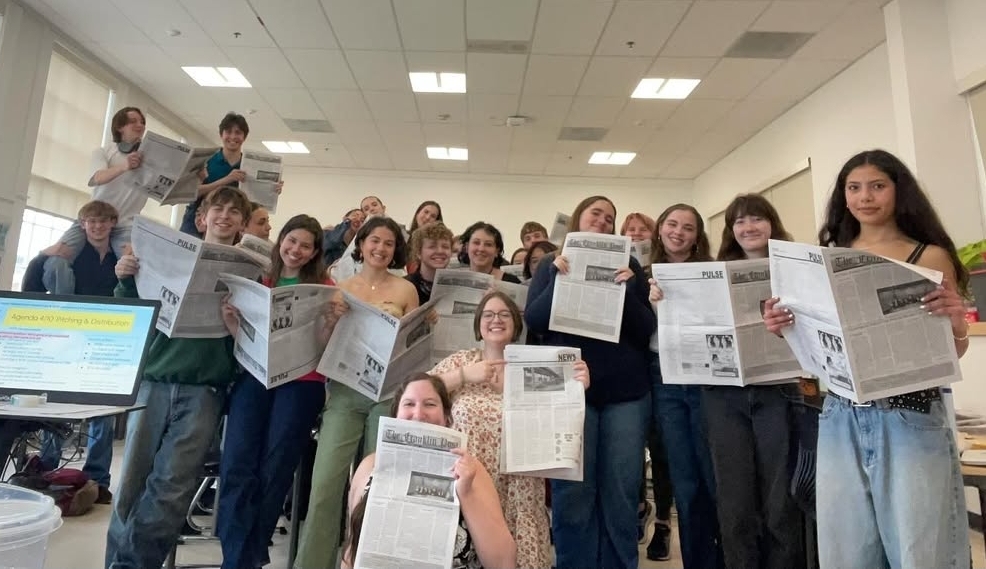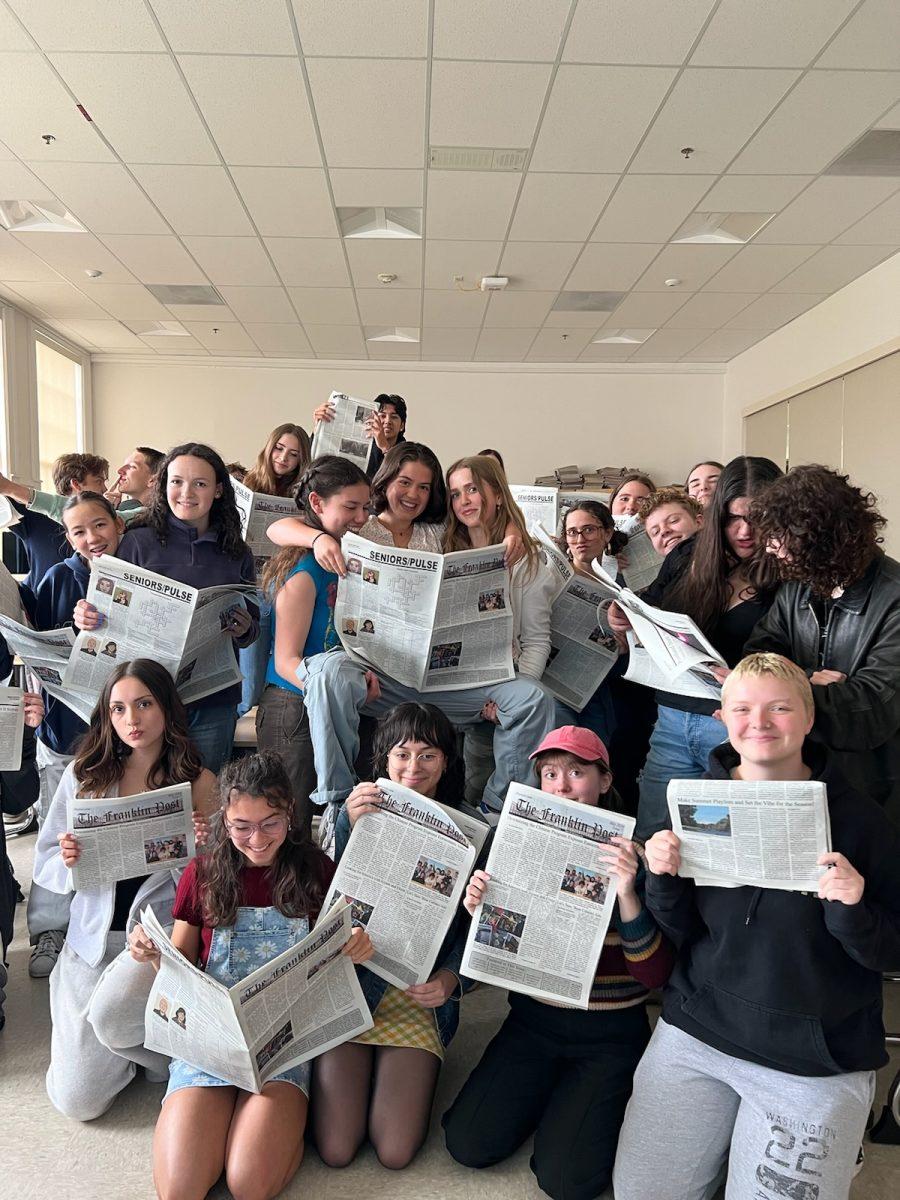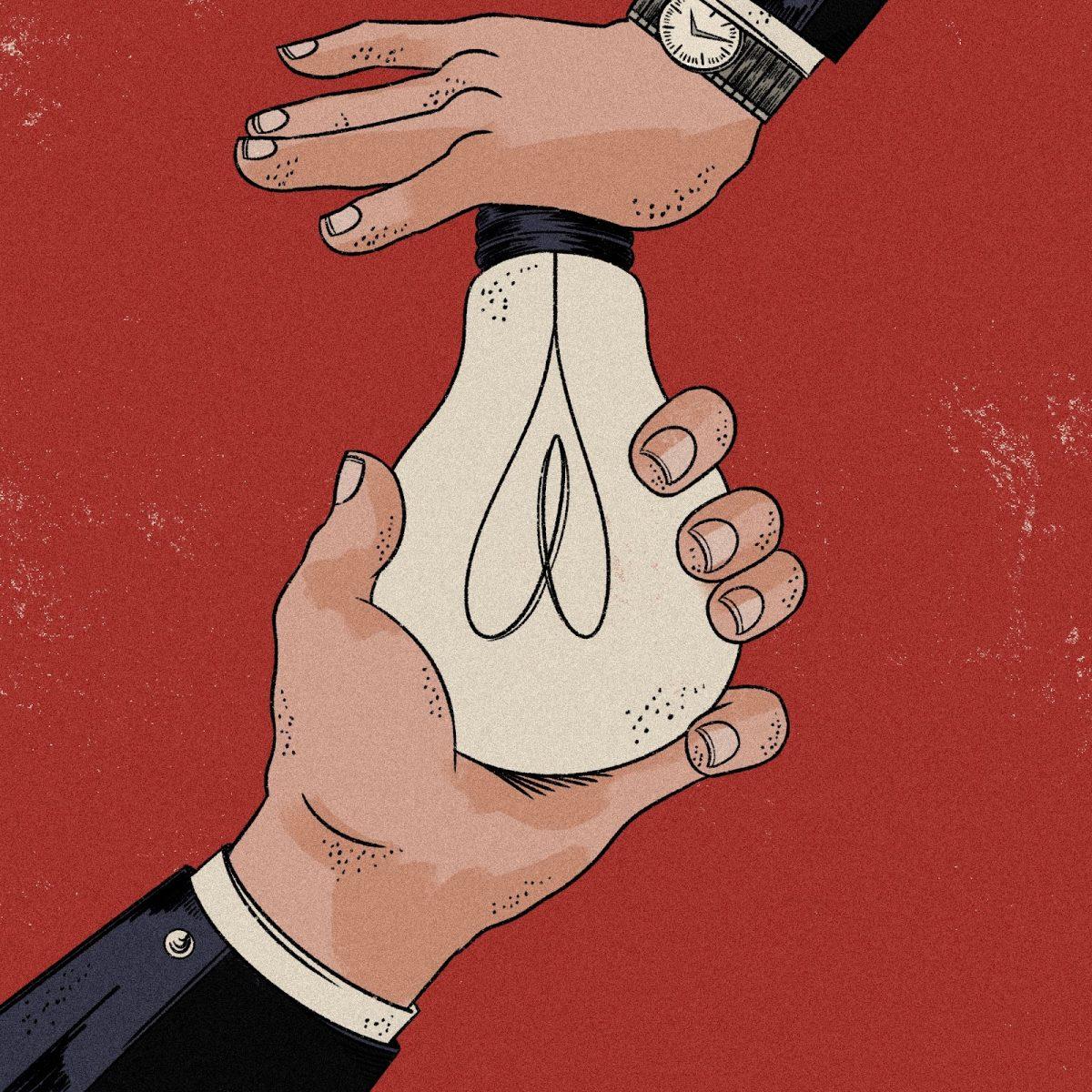
Content Warning: Brief mentions of harassment, abuse, rape, and sexual assault.
The human brain will not fully develop until approximately 25 years of age. Until this point, it is remarkably malleable. One of the most formative influences on personality development for children and adolescents is interest, specifically within media. For example, a 2021 study published in the Psychology of Men & Masculinities journal found that when young boys idolized superheroes, they were more likely to internalize male appearance standards and traditional masculine norms as portrayed in media. With the rise of internet-based communication, online spaces for fans of the same media to connect have become widely popularized. These fan bases are often referred to as fandoms.
Online fandom communities had an especially impactful role on the lives of sexual and/or gender minority youth (SGMY), reports a 2018 article published in the Journal of LGBT Youth. Additionally, the study found that young people who participate in fandoms hit identity milestones earlier and develop a better understanding of their identity. The main reason for the disproportionate presence of SGMY in fandom spaces, and many of the effects of fandoms on their psyche, is likely due to the lack of quality representation of queer and gender expansive identities within mainstream media. This has led to the rise of a method called queer reading.
Queer reading — also known as queering — challenges heteronormativity by analyzing media through the lens of diverse sexualities and gender identities, seeking to uncover subtext and find queer themes that might carry more weight for SGMY than those in the original media. Queer reading is common in fandoms, where many of the most popular relationship pairings are queer. Oftentimes, characters in queer pairings are headcanons, meaning their relationship is not original to the source material, but rather fans have been able to connect with these characters by projecting queerness onto them. Queer pairings are most commonly between fictional characters, but can also be between celebrities, though they can become controversial when applied to real people.
Despite fandoms serving as a generally accepting space for queer and trans youth, fandoms can — and have — become toxic. Issues of cyberbullying, doxxing, and even grooming that are rampant among online communities are present in fandoms, as well. One common point of contention in fandom communities stems from the intersection of fans who participate in queer reading and fans who stick strictly to the source material. Dr. Leah Dajches, an assistant professor in the Department of Communication Studies at New Mexico State University, recounts seeing conflict between “Gaylors” — fans of Taylor Swift who believe her to be queer — and “Hetlors” — Swift fans who firmly believe she is straight. Dajches recounts stories of Gaylor Swifties being bullied and doxxed to the point where they were forced out of online communal spaces. “We can imagine how detrimental this could be to fans’ identities and mental health, especially those who belong to a historically marginalized community,” explains Dajches. When acceptance is rare, it can be twice as harmful to be rejected in what is supposed to be a safe space for community and connection.
A somewhat counterintuitive consequence of this conflict within fan spaces is a marked increase in identity confusion. A perfect example of this is the Harry Potter fandom, which is infamous for internal conflict, especially since the series’ author, J. K. Rowling, began sharing her transphobic views on social media. A 2025 article that Dajches co-wrote, published in the National Library of Medicine, investigated how conflicts and discourse among the Harry Potter fandom negatively impacted fans’ sense of self and acceptance of their own identities. While more research needs to be done to determine what makes a fan space help or hurt adolescent identity development, it seems clear that one of the core determinants is whether or not the fandom tends toward conflict and or toxicity.
One key factor in understanding how gender dynamics and queerness present themselves in media is by understanding the demographics that are most active in online fandoms. When talking about fan spaces, the most common hubs of fan activity take place online. Common platforms for fandoms include Wattpad and Archive of Our Own for fanfiction, and Tumblr and Twitter for microblogging. Though certain social media platforms may act as the main forums for niche fan content, fan spaces are even on general social media such as Instagram and TikTok. While it’s already been established that many queer people flock to these platforms to engage with fan content, another large portion of the demographic that engage with fandoms is women. The fact that online fan spaces are female-dominated adds a layer of nuance to the typical subject matter. More specifically, despite fandoms being far more frequented by women as opposed to men, men are still the focus of most fan content, with 70 of the top 100 character pairings on Archive of Our Own — one of the most popular fanfiction websites on the internet — being romantic relationships between two men, and only five of the top 100 being between two women.
There has been a lot of speculation about the causes of this highly disproportionate representation of relationship demographics. Some have argued that male characters tend to be more developed and multi-dimensional in media, especially in older media, lending those characters to additional story development more easily. Another common explanation is that relationships between men and women tend to have an inherently uneven dynamic due to the patriarchal foundations of society, which gives men more power than women from birth. This power imbalance can make reading about a relationship uncomfortable, so some fans have expressed that they prefer reading about gay romances where this power imbalance isn’t in play. Finally, some fans simply purport that they primarily consume and create romantic content between two men, because those pairings are already the most popular within fandom spaces, and therefore have the most pre-existing content and fans. All of these arguments, however, serve to perpetuate a cycle of sidelining female characters and giving in to misogyny, just as is seen in mainstream media.
Fan culture’s obsession with male gay relationships has existed for a long time, its online presence becoming notably popularized in the 2000s by teenage girls’ obsession with boy bands. However, in addition to leading to a fetishization of gay men, it has also led to the sidelining of lesbian relationships and the bashing of female characters for supposedly getting in the way of popular gay pairings among men. One example of this was fans who wanted the characters Mike and Will from the popular show “Stranger Things” to end up together, harassing Millie Bobby Brown, the young actress who played Mike’s love interest.
Attacking women for supposedly impeding gay relationships is regressive and harmful, especially considering impressionable adolescent girls are one of the core demographics in fandoms. The message that women are less interesting and deserving of time and attention can be very harmful for identity development and self-esteem.
When it comes to toxicity and harmful messages, there is also a tendency to romanticize toxic dynamics between characters within fandoms. Some of the most popular content “tags” — subject signifiers — on Archive of Our Own are “Abuse,” “Non-Consensual,” and “Rape/Non-Con Elements.” Additionally, some of the most popular books among female readers, especially one part of TikTok’s community referred to as BookTok, feature men who are aggressive, possessive, and borderline abusive. Though these are often overtly harmful attributes, these tropes often are considered very attractive by female readers. Candace Ranee — an author with a degree in sociology, and a domestic violence survivor — speculates that, “We are socialized to breed attachment due to old trauma and codependency.” Therefore, toxic love sells.
Another moral dilemma tied to fandoms arises when a fandom is centered around real people, such as celebrities or bands, rather than fictional characters. This can be detrimental to both the fans and the celebrities. These parasocial relationships — one-sided imagined connections between a fan and public figure, that exist inside the mind of the fan — often cause more extreme fans to feel as if they know the celebrity, making them more likely to excuse or ignore amoral behavior from their favorite public figure, and prone to attempting to fit an actual person into a role in their head, such as insisting that Taylor Swift is gay, despite her denial of this claim.
Additionally, for the celebrities themselves, parasocial relationships can lead to stalking, public speculation about intimate details of their life, and feeling unsafe and completely stripped of privacy. In fact, fandoms can even impact the real-life relationships of the subjects they center. One example of this was with Harry Styles and Louis Tomlinson, members of the boy band One Direction, who were relentlessly speculated to be in a romantic relationship to the point where it made them uncomfortable and, as they have confirmed, drove a rift between their close friendship.
Ultimately, fan culture and fandom spaces have the potential to be toxic spaces and lower self-esteem; however, when fandoms can be positive spaces, they serve as an outlet for self-discovery for SGMY, as well as many other groups with reportedly high rates of mental health struggles.
As Dajches emphasizes, “everything in moderation.” Fandoms can be an invaluable resource for connection and community, as long as it doesn’t become all-consuming and start turning into a space of toxicity and conflict. Fandoms truly create a stark dichotomy. As Jennifer Duggan, a professor of English at the University of South-Eastern Norway, puts it, “The most positive thing about fandom is probably the intense love fans have for the media object they are interested in. … However, that intensity can also lead to passionate — and hurtful — disagreements, and sometimes it can allow … milieus to develop their passion into hate.” Finding a way to focus fans’ passion into acceptance could help ensure that fandoms are exclusively beneficial and positive spaces.
The key to eliminating toxicity in fandoms lies in altering the source material and ensuring that genuine representation already exists in mainstream media. This can allow queer readings to become less controversial and can begin to bridge the gap between male and female character depth. We can be raised seeing healthy examples of love and care, as well as have a better overall experience in these online communities. Fans have and will always exist, and fan spaces have the potential to be very powerful and special, as long as they are treated with care and respect.


